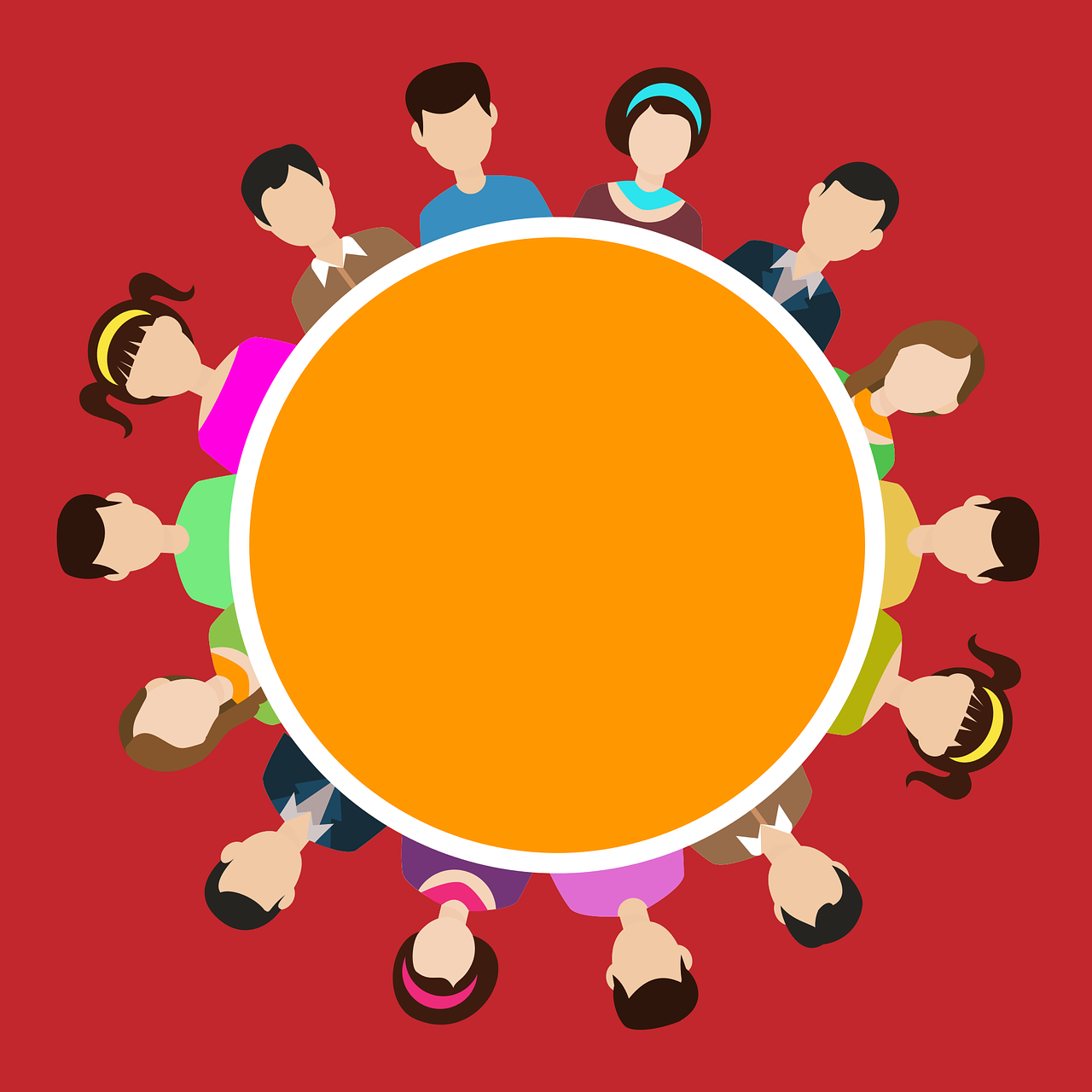Anthropologists used the term ‘tribal society’ to refer to groups organised on the basis of kinship and geographical location. However, with the proliferation of the internet and other forms of digital connection, the influence and creation of tribal groups has extended far beyond the ancient definition.
As the formation and boundaries of tribal groups continue to expand, so too does the opportunities for such groups to be exploited in order to effect behaviour change. Read on to find out how popular forms of tribal groups, have become catalysts for behaviour change in the modern age.
Digital Tribes
The internet has opened up a wide range of ways to target fragmented and hard to reach groups of people. Digital tribes and the culture of connection they foster, have resulted in many significant examples of the exploitation of tribal groups to affect behavior change.
The most prominent example of this is Twitter and its use of hashtags. Hashtags are used by the Twitter community as a way of following a particular topic, and to provide one location for all discourse on the chosen topic. Hashtags are therefore a great way to consolidate a shared talking point in the pursuit of tribal marketing, behaviour change, and to make such discourse be easily located and identified by the tribe members.
Brand Communities
Brand communities revolve around the social relationships amongst admirers of a certain brand. This feeling of social connection, expressed via the shared passion for an activity or even a particular brand, is called ‘linking value’. A popular example is the community of Harley Davidson riders, a distinct social arrangement that has stemmed from a carefully curated brand image.
By creating a participatory experience for the customer, brand communities have significant impact upon behaviour change among their members. In the Harley Davidson community-based phenomenon, the company was able to reposition attitudes around riders and create a “brotherhood”, united by a shared ethos. To further reinforce this community-centric positioning, many employees became riders, and many riders have joined the company as employees.
Communication
Using online platforms such as Facebook, is an important way for brands, global political leaders and influencers alike, to facilitate conversation in the pursuit of global behavior change. Online platforms are user-friendly, globally accessible and promote democratic interactions between peers.
Creating a tribal structure through the internet and social networking, provides a quick way to mobilize a shared interest and a powerful method of communication. The changing social structure of the Digital Age, is having an increasingly large influence over the dynamic relationship between behaviour change and tribal groups. Never before has there been so many opportunities to build tribal behaviour on a global scale, to effect change in political, environmental and social behaviours.
Engaging with Tribes
The key to effecting behaviour change within tribal groups, is to successfully determine the communities concerns, attitudes and passions. For example, the sportswear giant Nike has been able to utilise its core product to create a passionate running and sports community.
This community is focused on users sharing stories about their feats. Behavior change in the tribal group has also been influenced by digital software, which has been exploited by Nike to further community participation. Check-in and location software enables members of the Nike tribal group to track where and how they run, and to find other users in their vicinity.
~
Modern day tribal groups are a form of community based on free choice. The growth of digital technology is breaking down barriers, and making tribal groups easier to reach and influence. Exploiting brand communities and social media are effective ways to create behaviour change across broad and multi-generational tribal groups.
Bio: Laura Costello is in her final year of a Bachelor of Law/International Relations at Latrobe University. She is passionate about the law, the power of social media, and the ability to translate her knowledge of both common and complex topics to readers across a variety of mediums, in a way that is easy to understand.

